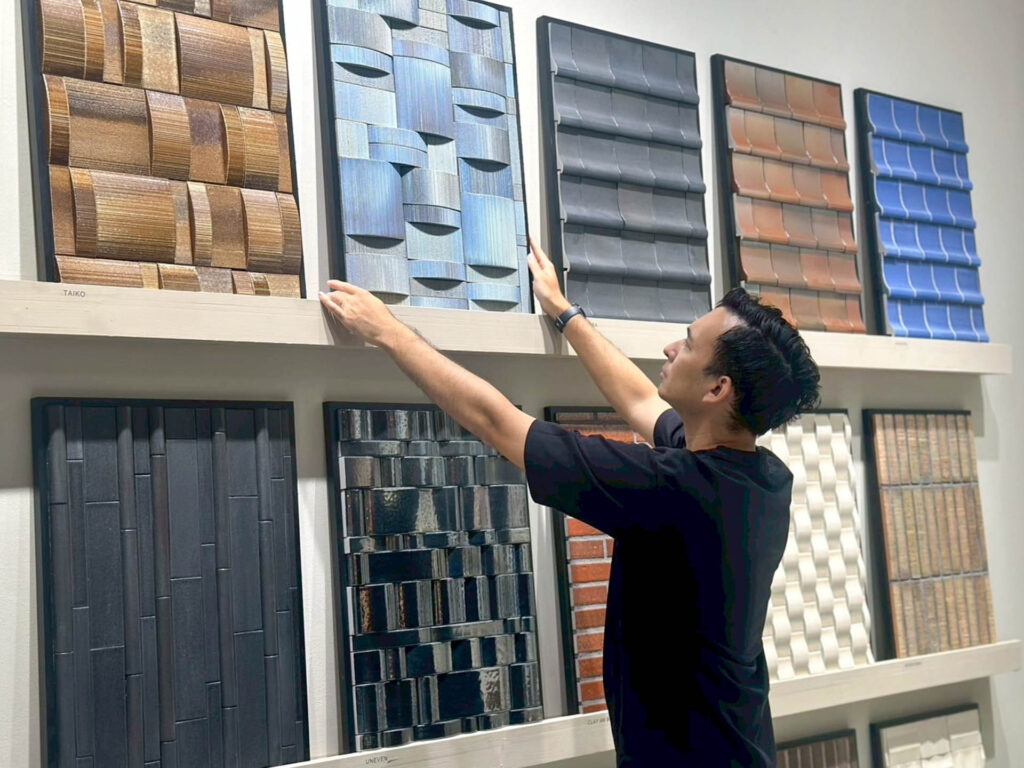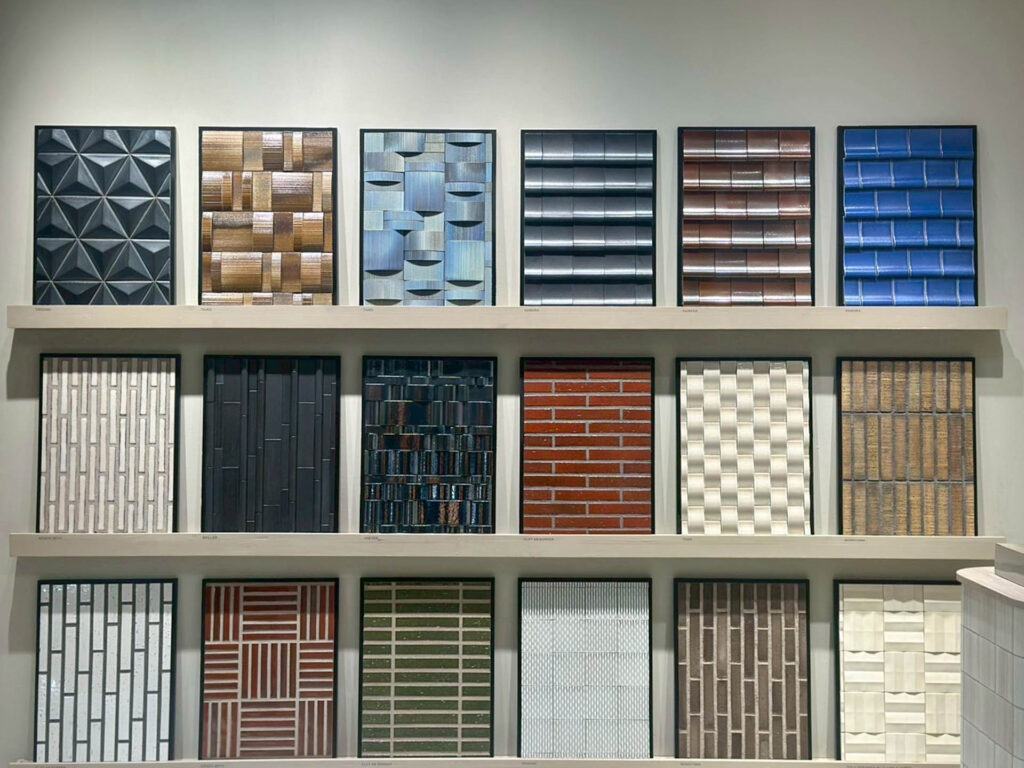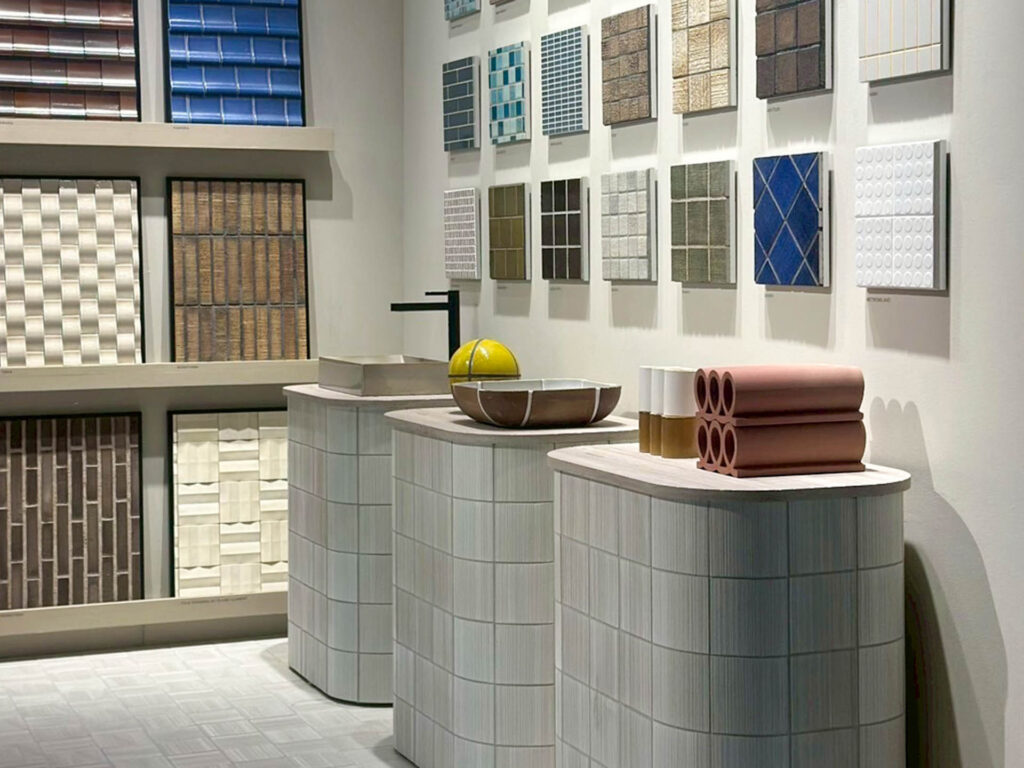Cersaie Debut: Positive Reception for Our Traditionally Crafted Wet-Formed Tiles.

From September 22 to 26, 2025, Cersaie, probably the world’s largest international fair for tiles and ceramics, took place in Bologna, Italy.
This year, our company was proud to make its debut at this prestigious event, presenting a carefully selected range of Japanese tiles.
Throughout the fair, our three-dimensional tiles, crafted using the traditional wet-forming method, drew considerable attention from professionals around the world, who highlighted their artisanal quality and distinctive character.
In this article, we share some of the key trends spotted at the fair, along with the positive reception of our tiles.
Table of Contents
■ Tradition and Design at the WA-KEI Booth
At our booth, we showcased a carefully curated selection of WA-KEI tiles, our brand for international markets, alongside pieces and works created by Tajimi Custom Tiles, our brand specializing in custom tiles.
Designed by product designer James Kaoru Bury, the booth not only featured tile panels and objects, but also aimed to show how the tiles would look installed on a much larger surface. To achieve this, both the floor and the booth furniture were covered with the white version of our popular Taiko tile.
In addition, a screen was installed at the booth displaying videos about the manufacturing process of our tiles, allowing visitors to clearly understand the craftsmanship behind each piece.
The exhibition allowed visitors from around the world to experience firsthand the unique and exclusive character of tiles made in Japan.
■ Japanese Craftsmanship vs. Global Trends
When it comes to tile trends, large-format ceramic tiles with inkjet printing remain the dominant choice worldwide. Against this backdrop, Japanese tiles stood out thanks to their unique glazes, artisanal finishes, and natural color variations achieved through firing in tunnel kilns, giving them a distinctive character that drew the attention of numerous visitors.
Within the wide variety of Japanese tiles, our booth also showcased the traditional wet-forming method, a technique different from the more common dry process, which impressed attendees with the remarkable level of detail and exceptional quality it brings to each piece.
Among the models that attracted the most interest were the following:
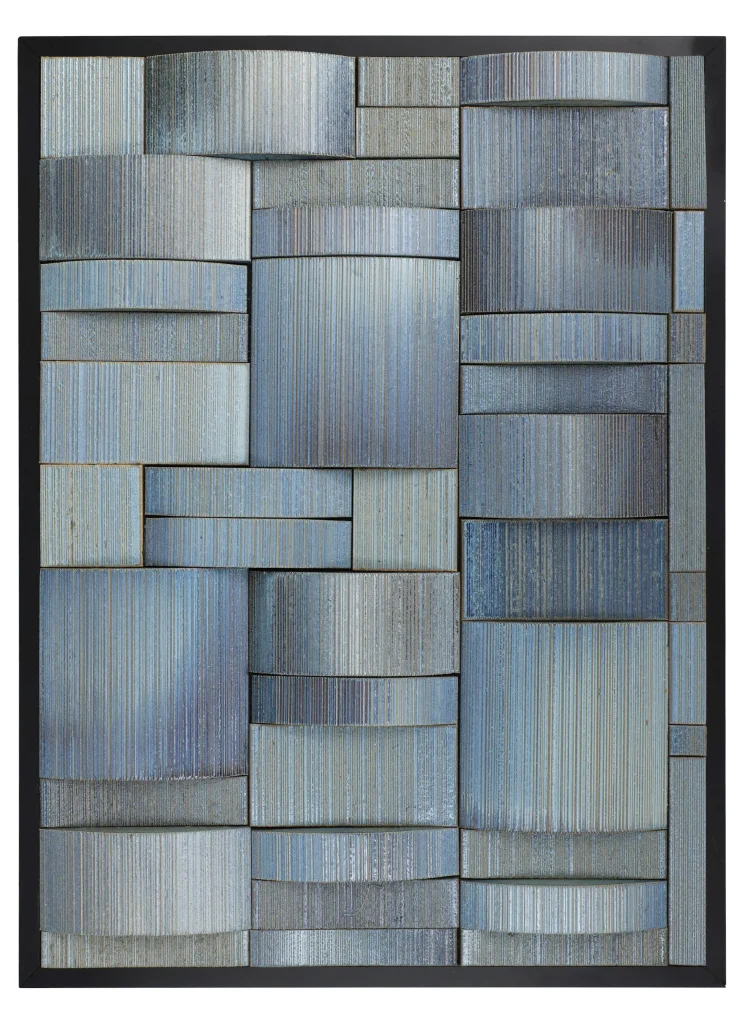 Taiko |
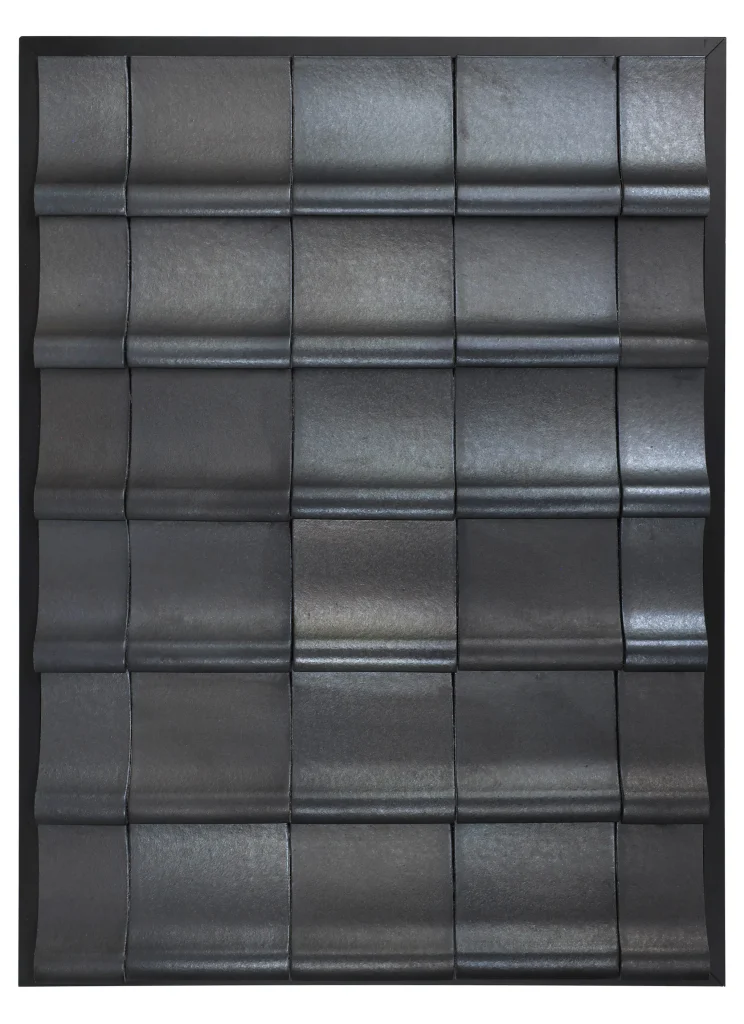 Kawara |
 Briller |
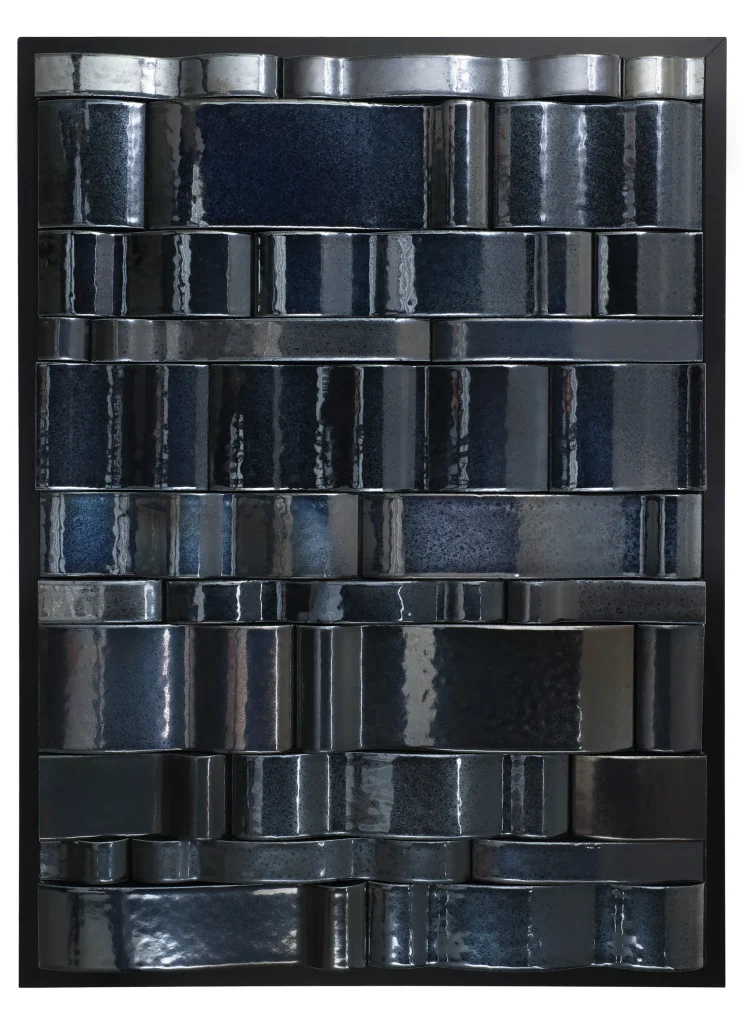 Uneven |
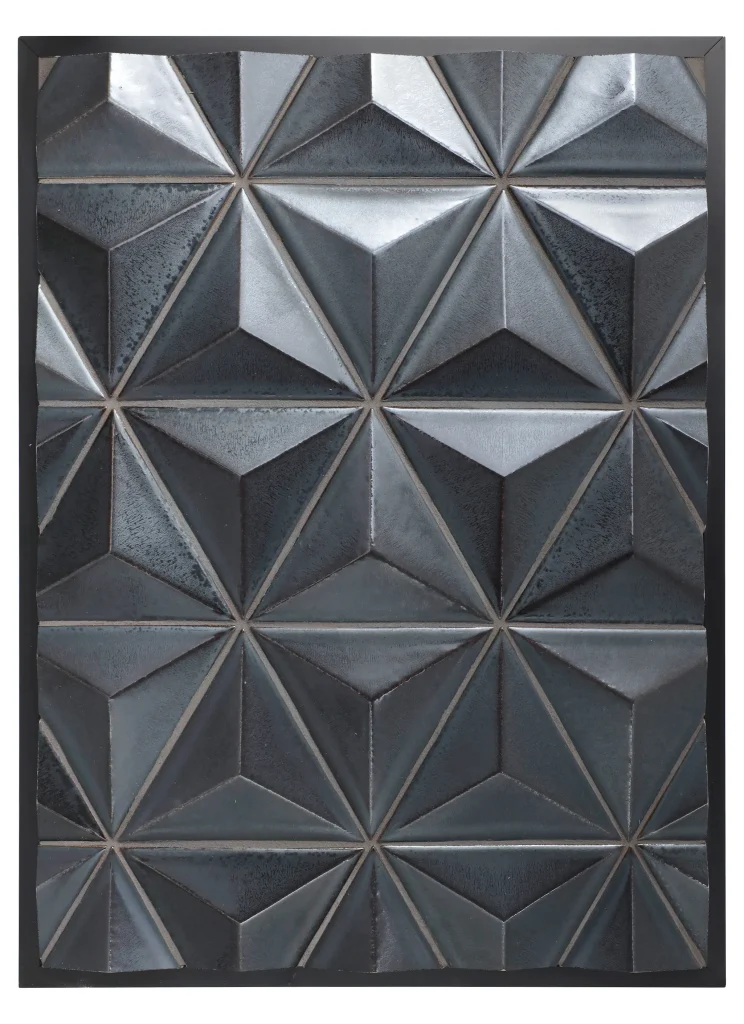 Origami |
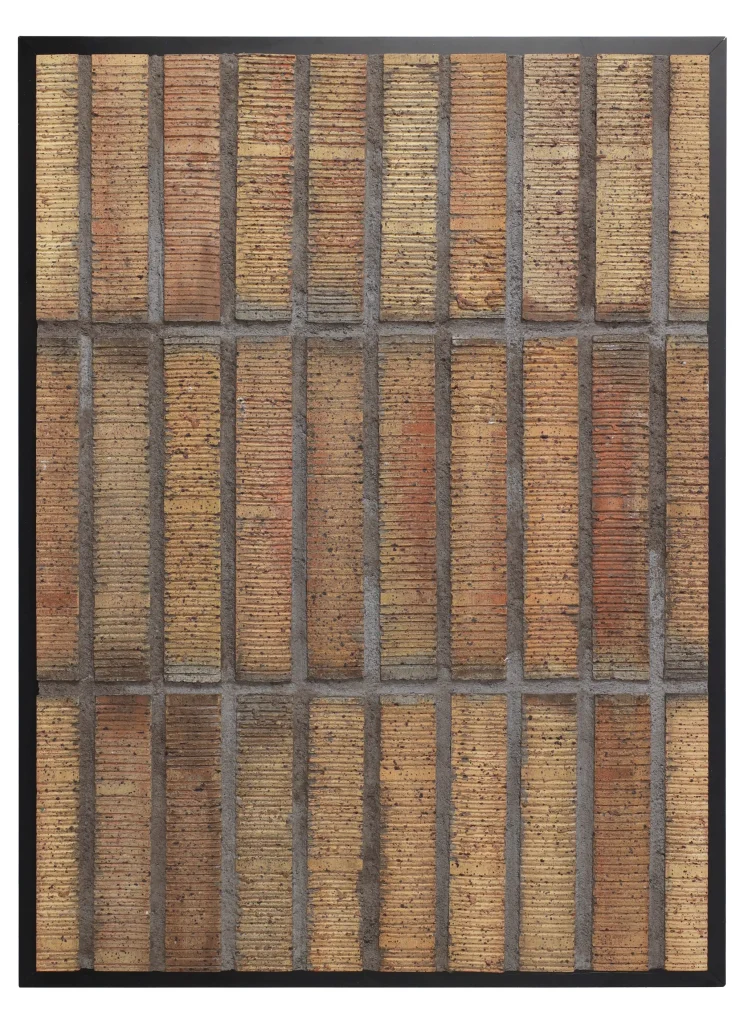 Momoyama |
 Akatsuki |
 Yuga |
 Gashu |
In conversations with visitors, we received very positive feedback on aspects such as delivery times, minimum order quantities (MOQ), and the efficiency of sample supply, among other things.
■ Summary
Our first participation in Cersaie 2025 allowed us to reaffirm the relevance of Japanese tiles and to see firsthand that, thanks to their artisanal character and unique expressiveness, they can compete globally against advances in inkjet printing.
Looking ahead, we will continue to focus on the originality and quality that mass production cannot offer, showing the world that tiles can be designed to be truly one-of-a-kind.
